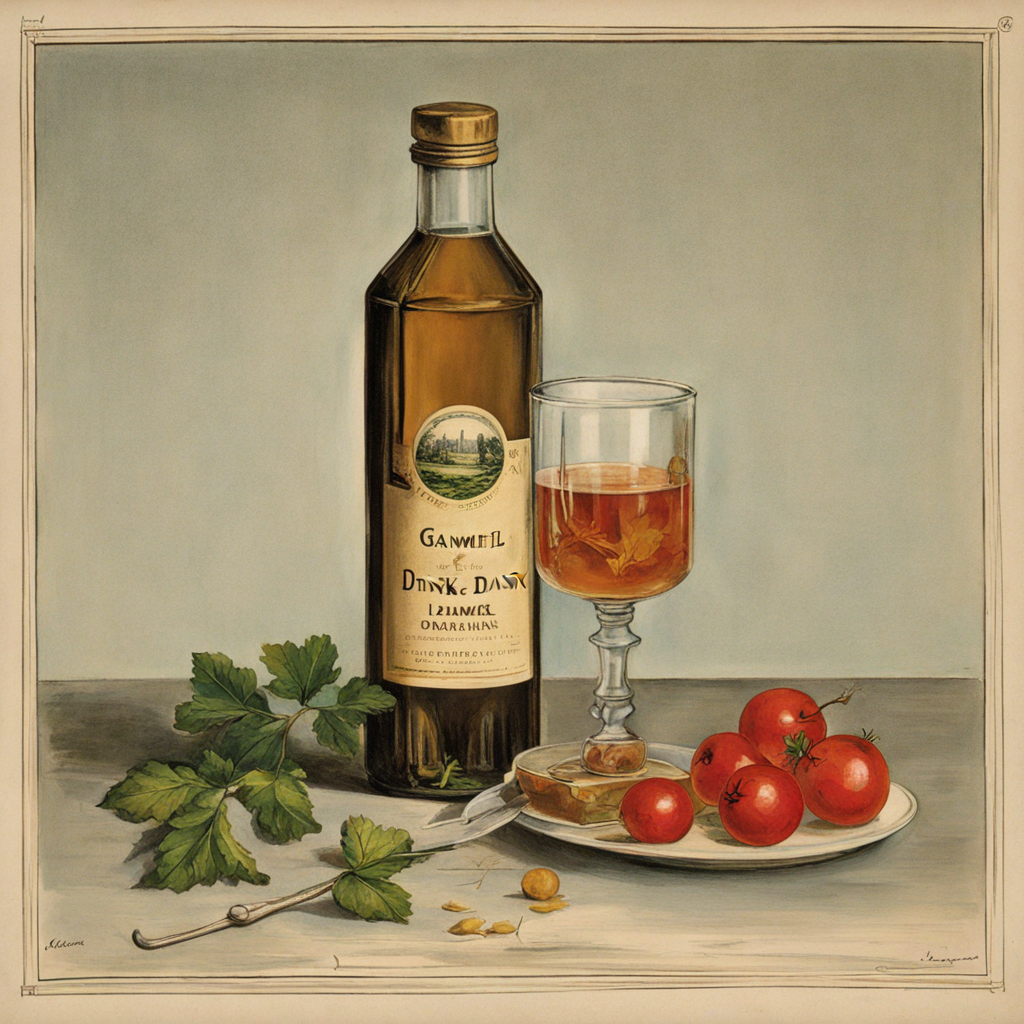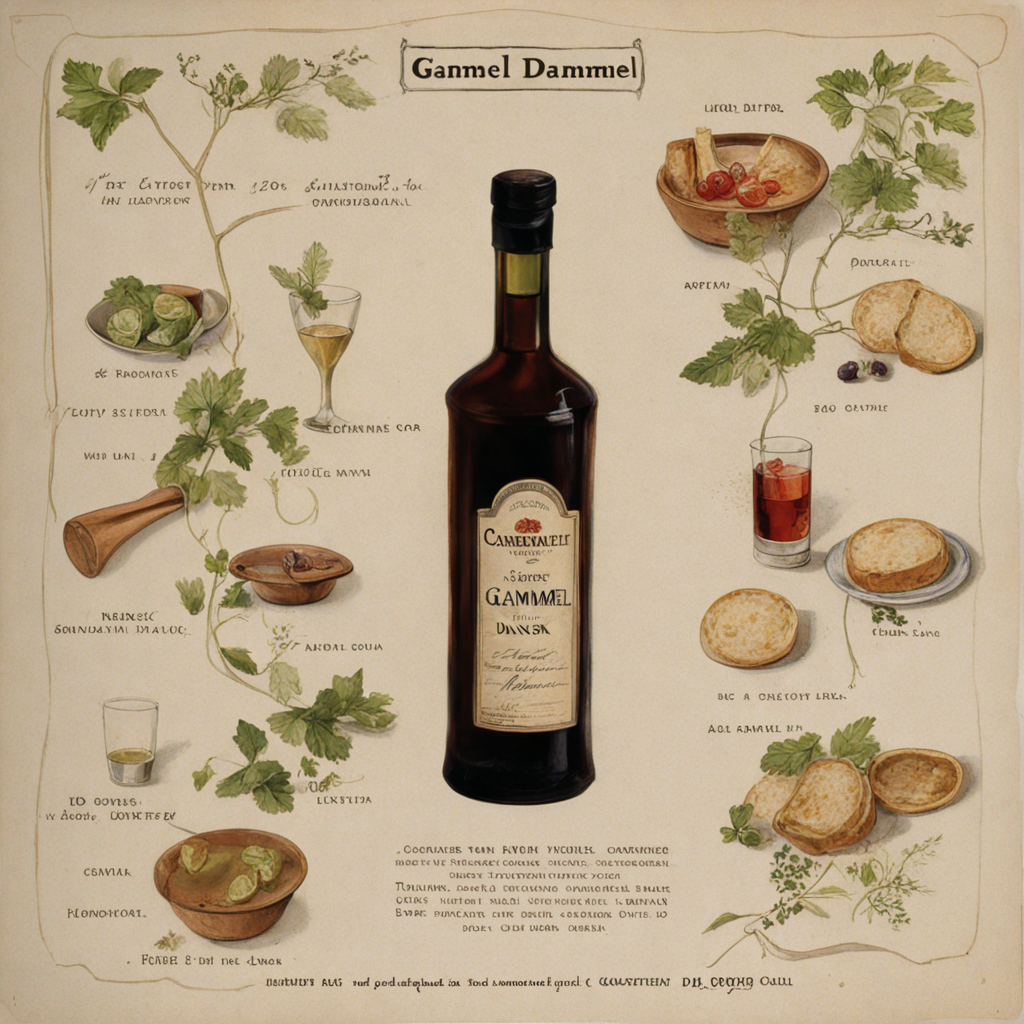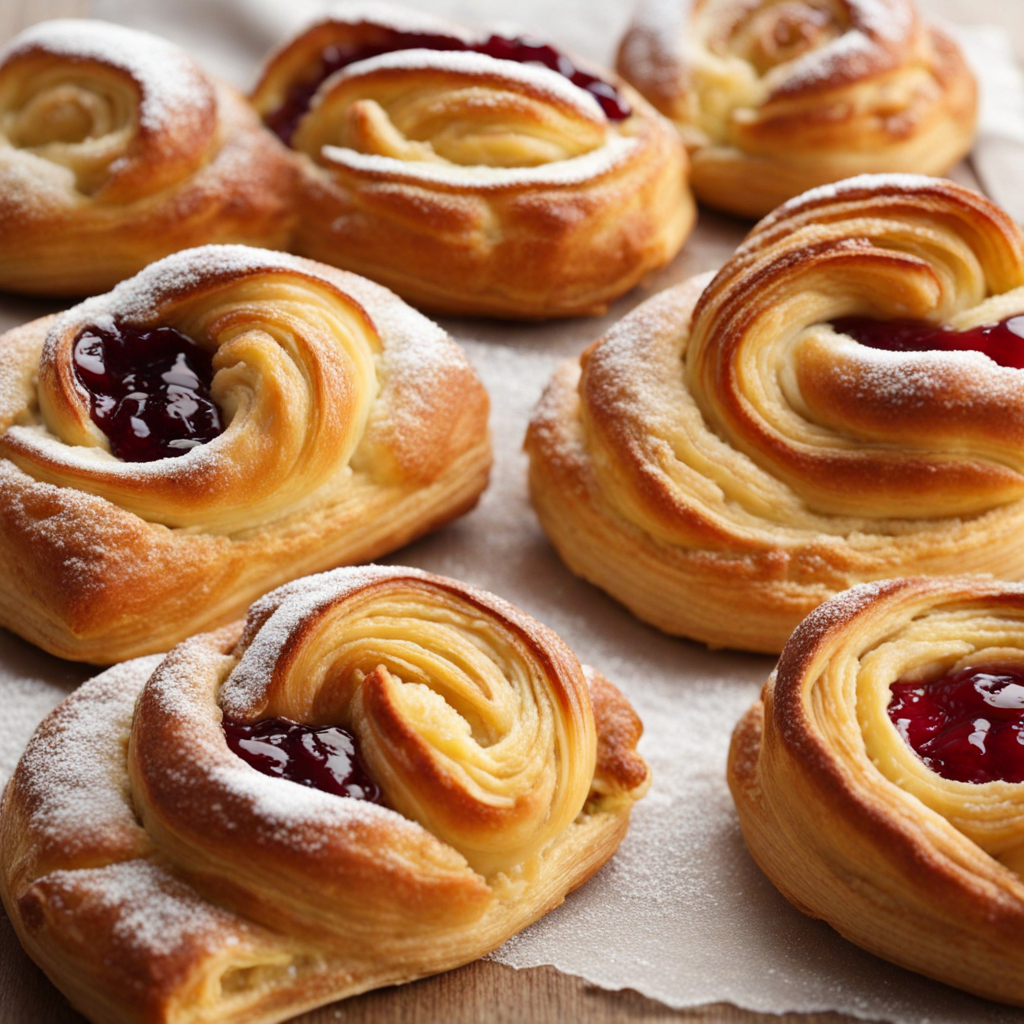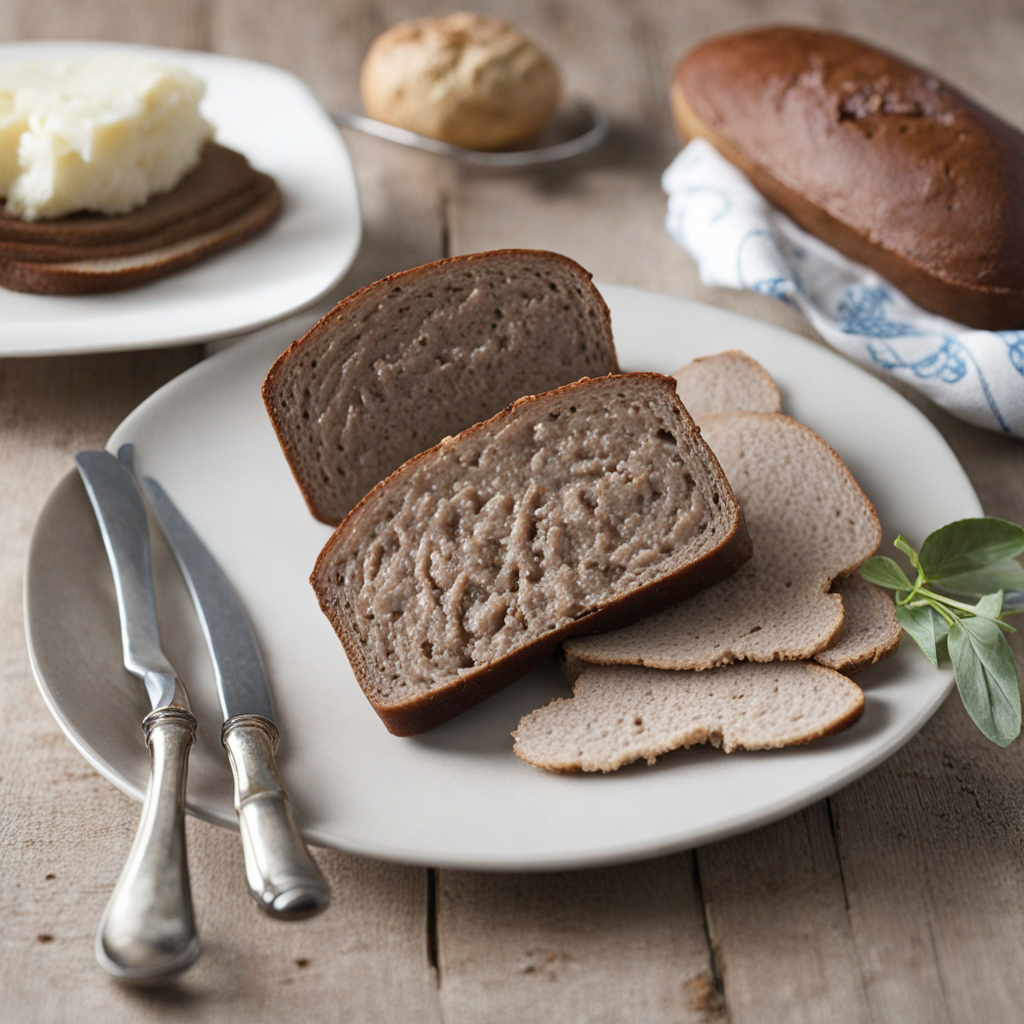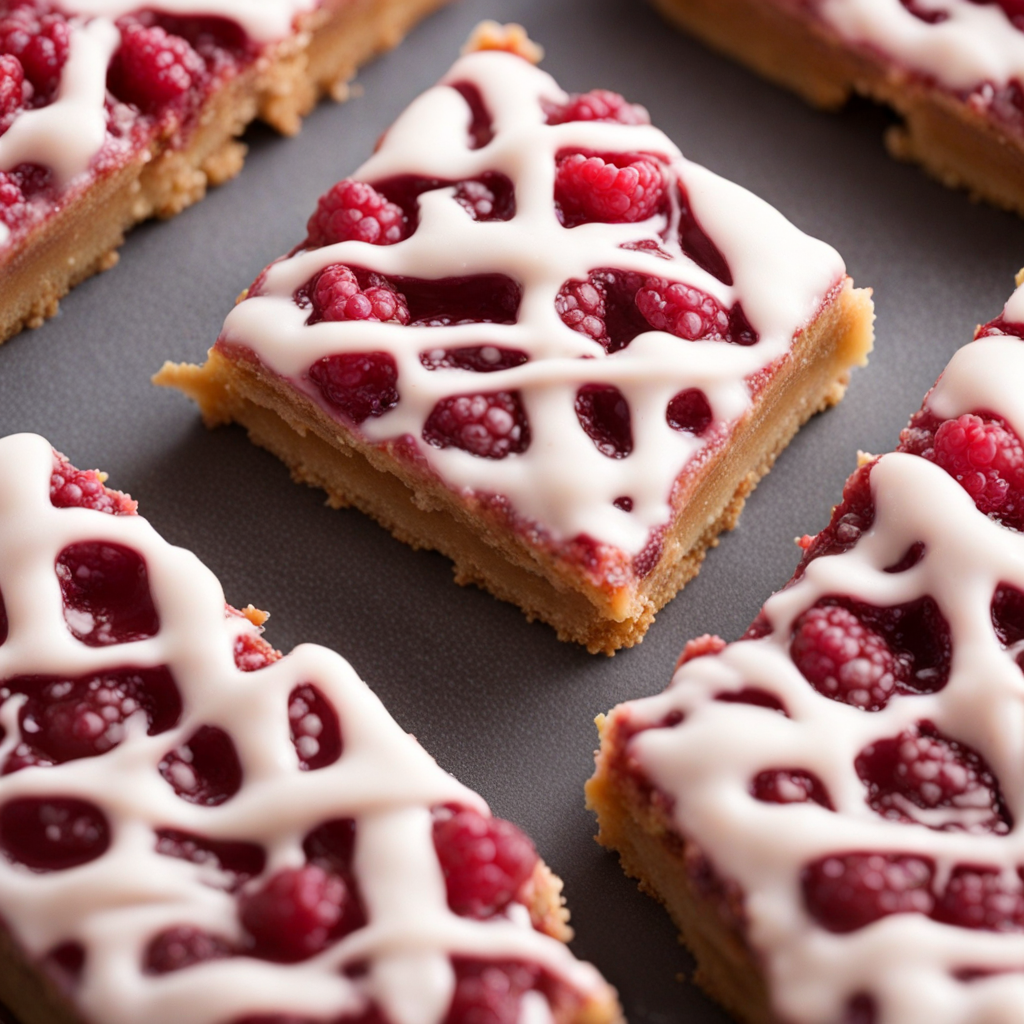Gammel Dansk
Gammel Dansk, which translates to "Old Danish," is a unique herbal bitters traditionally consumed as a schnapps in Denmark. This distinctive beverage is a blend of high-quality grain spirit infused with a carefully curated selection of herbs, spices, and botanicals. The flavor profile is complex and intriguing, with notes of bitter orange, anise, and various spices that evoke a sense of warmth and depth. Each sip brings a burst of diverse flavors, making it a delightful experience for those looking to explore something outside the ordinary. The production of Gammel Dansk is steeped in Danish tradition and craftsmanship. It is typically enjoyed as a digestif, often served chilled in small glasses, which allows its robust flavors to shine. The drink is often accompanied by traditional Danish snacks, such as rye bread or herring, complementing the bitterness with savory notes. This pairing creates a harmonious balance on the palate, enhancing the overall tasting experience and showcasing the essence of Danish culinary culture. In Denmark, Gammel Dansk is more than just a drink; it is a symbol of hospitality and conviviality. It is commonly enjoyed during festive occasions, gatherings, and celebrations, where friends and family come together to share stories and create memories. By savoring this traditional Danish bitters, one not only gets to experience a new taste sensation but also connects with the rich heritage and social customs of Denmark, making it a truly memorable culinary adventure.
How It Became This Dish
Gammel Dansk: A Tonic of Tradition Origin: The Birth of a Danish Classic Gammel Dansk, which translates to "Old Danish," is a bittersweet herbal liqueur that has become an emblem of Danish culture. Its origins can be traced back to the early 1960s, a time when Denmark was experiencing a cultural renaissance that embraced traditional values while simultaneously welcoming modern influences. It was created by the Danish distiller Hans E. S. Knudsen, who aimed to craft a drink that would embody the spirit of Denmark and its rich herbal traditions. The recipe for Gammel Dansk is a closely guarded secret, known only to a select few, but it is believed to contain a blend of over 30 different herbs and spices. Some of the most prominent ingredients include bitter orange, gentian root, and various other botanicals that contribute to its complex, aromatic profile. This commitment to natural ingredients reflects a broader trend in the 20th century, as consumers began to seek out authentic and artisanal products. Cultural Significance: More Than Just a Drink Gammel Dansk is more than just a beverage; it is steeped in Danish tradition and social customs. The liqueur is typically served as an aperitif or consumed as a shot at social gatherings, often accompanied by a toast. It is especially popular during festive occasions such as Christmas, New Year, and Midsummer celebrations, where it is a staple at Danish tables. The drink holds a special place in the hearts of many Danes because it evokes a sense of nostalgia, representing a connection to their heritage. It is not uncommon for families to have their own unique rituals surrounding Gammel Dansk, whether it’s sharing a shot before a holiday meal or using it as a conversation starter at gatherings. The liqueur also features prominently in Danish literature and folklore, often referenced as a symbol of camaraderie and celebration. Development Over Time: Craftsmanship Meets Modernity Since its inception, Gammel Dansk has undergone significant changes while maintaining its core identity. Initially, it was marketed primarily to locals, but as Danish cuisine gained international acclaim, Gammel Dansk began to capture the attention of a broader audience. The 1980s witnessed a surge in interest in traditional Nordic spirits, and Gammel Dansk was no exception. It became a sought-after item for tourists eager to experience authentic Danish flavors. The late 20th century marked a pivotal moment in the liqueur's history. In 1989, the Danish government recognized Gammel Dansk as a “Protected Geographical Indication,” akin to the recognition given to Champagne in France. This designation not only highlighted the drink's cultural significance but also ensured that its production would adhere to specific quality standards, maintaining the integrity of the traditional recipe. In recent years, the popularity of Gammel Dansk has continued to grow, especially among younger generations. The rise of cocktail culture has prompted bartenders to experiment with Gammel Dansk, incorporating it into creative libations that showcase its unique flavor profile. Mixologists have begun to pair it with various ingredients, crafting cocktails that celebrate the liqueur's versatility while introducing it to new audiences. Modern Interpretations: Gammel Dansk in the Cocktail Scene As the craft cocktail movement has taken off, Gammel Dansk has found a new life in bars and restaurants, both in Denmark and beyond. Bartenders are increasingly using it as a base for inventive cocktails, often balancing its bitterness with sweet, fruity, or herbal components. The liqueur's complex flavor profile allows for a range of creative applications, from refreshing highballs to sophisticated sours. One popular cocktail is the “Gammel Dansk Mule,” a Nordic twist on the classic Moscow Mule. This drink combines Gammel Dansk with ginger beer and lime, offering a refreshing and zesty option that appeals to modern palates. Furthermore, Gammel Dansk has made its way into culinary applications as well, with chefs using it as a flavoring agent in sauces, marinades, and desserts, showcasing its versatility beyond traditional consumption. Global Reach: A Taste of Denmark Worldwide The globalization of food and beverage culture has facilitated the spread of Gammel Dansk beyond Danish borders. Its unique flavor has piqued the interest of international consumers, leading to increased exports and a growing presence in specialty liquor stores worldwide. This expansion has allowed people from diverse backgrounds to experience a taste of Denmark, fostering a greater appreciation for Nordic traditions. The drink's international appeal is bolstered by Denmark's reputation for high-quality food and drink, which has been further enhanced by the New Nordic culinary movement. As chefs and food enthusiasts look to Nordic ingredients and flavors, Gammel Dansk serves as a perfect representation of the region's heritage, bridging the gap between tradition and innovation. Conclusion: A Timeless Connection to Heritage Gammel Dansk is more than just a liqueur; it is a testament to Danish culture, history, and craftsmanship. Its journey from a local creation to a globally recognized spirit reflects broader trends in consumer preferences, as people increasingly seek authentic and meaningful experiences. The drink's ability to adapt to modern tastes while maintaining its traditional roots speaks to its enduring appeal. As Denmark continues to celebrate its culinary heritage, Gammel Dansk remains a cherished symbol of togetherness, nostalgia, and the rich tapestry of Danish life. Whether sipped in a cozy home surrounded by family or enjoyed in a bustling bar, Gammel Dansk is a reminder of the simple pleasures that bring people together, making it an integral part of Denmark's gastronomic legacy.
You may like
Discover local flavors from Denmark


